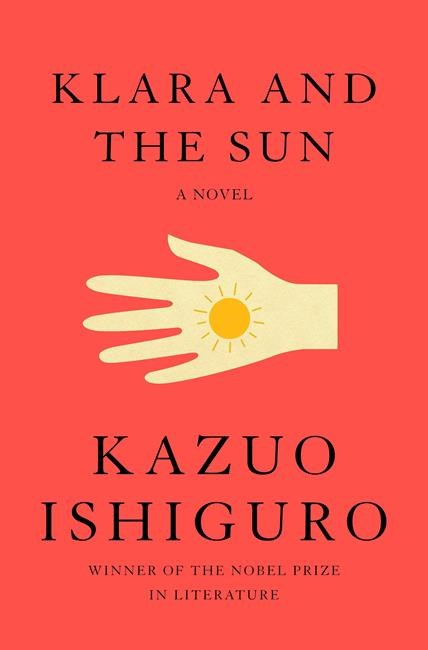


Schools are a thing of the past, and the children of the well-off learn at home, attending regular playdates (‘interaction meetings’, in the managerialist idiom of the time) to prepare them for colleges occupied exclusively by the gene-boosted.

Klara is our window onto an imagined society in which artificial intelligence, whether in the form of genetic enhancement or digital programming, is the new normal.

Solar-powered herself, like all AFs, Klara convinces herself that Josie’s fate depends on the energising power of the sun. Klara becomes, by design, devoted to Josie, helping her through periods of illness caused by the elective genetic enhancements that are now a standard investment for wealthy and ambitious parents in this plausible near future. At the heart of the novel is the relationship between Klara, an ‘AF’ (‘Artificial Friend’), and Josie, whose mother buys Klara as a companion for her precocious daughter. Klara and the Sun – Kazuo Ishiguro’s first novel since being awarded the 2017 Nobel Prize for Literature – put me in mind of this story, partly because it considers artificial life, lost children and parental grief, but also because it seems to occupy that same space at the intersection of philosophy and fairy tale. It is a thought experiment disguised as a fairy tale, or perhaps vice versa. Though apocryphal, the tale persists because it combines a moving human tragedy with an intellectual problem – the relationship between mind and matter – that was central to Descartes’s own philosophy. In some versions, Descartes is said to have built the automaton to replace his illegitimate daughter, Francine, who died in childhood. There is a story about René Descartes according to which the philosopher once owned a female automaton so convincing that a superstitious mariner, seeing the machine in operation, declared it the work of the devil and threw it into the sea.


 0 kommentar(er)
0 kommentar(er)
